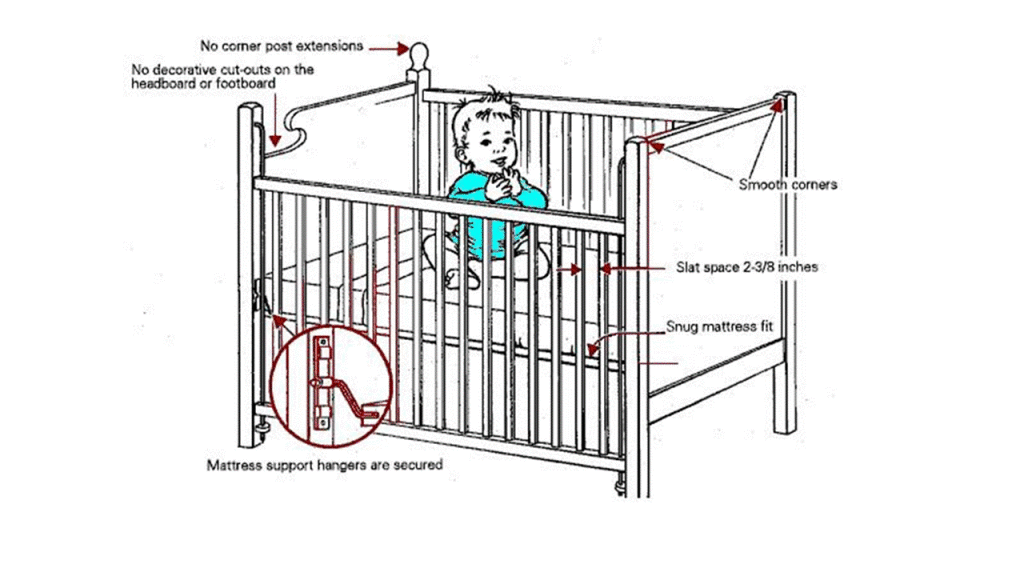Synopsis as introduced
Creates the Coroner Training Board Act. Creates the Coroner Training Board which will have the power to establish application, training, and certification standards for coroners, and to review and approve annual training curriculum for coroners. Provides that the new Board will select and certify coroner training schools, shall conduct or approve a training program in death investigation for the training of coroners, and be allowed to accept contributions and gifts from any organization having a legitimate interest in coroner training. Amends the Illinois Police Training Act and the Counties Code removing the Illinois Law Enforcement Training Standards Board from overseeing coroner training and replacing with the Coroner Training Board. Amends the Vital Records Act providing that 25% of the Death Certificate Surcharge Fund may be used by the Coroner Training Board (currently the Illinois Law Enforcement Training Standards Board) for the purpose of training coroners, deputy coroners, and forensic pathologists, and police officers for death (currently homicide) investigations and lodging and travel expenses relating to training.
House Committee Amendment No. 1
Provides that forensic pathologists (currently, pathologists) shall be appointed to the Coroner Training Board. Provides that the Board shall consult with the Illinois Coroners and Medical Examiners Association when adopting mandatory minimum standards for coroners. Expands the location of coroner training schools. Provides that the Board can develop a waiver process for lead investigator of coroner investigations for coroners with prior experience. Further provides that a Section of the Illinois Police Training Act does not impede the powers of a coroner to investigate deaths.
Comment:
Autopsy Center takes a general interest in the broad experiences of all families around the time of bereavement. We support legislative advances that improve and strengthen interactions with professionals during this difficult time — both through public education and improved professional standards. House Bill 4054 seeks to improve coroner qualifications and therefore represents an overall advance that will benefit families. The pluses of the bill include the value it places on coroner training and certification, forensics licensure, and independence from police oversight.
However, the bill leaves room for more balance in the handling of the statewide transition to certification – a complex undertaking. It specifically includes a waiver process whereby the Coroner Training Board may allow coroners to use experience to bypass new training guidelines. Depending on the leniency of the waiver process, the amendment may ensure that only new coroners (without experience and therefore the possibility of waiver) meet standards while making more limited impact on the quality of coroner work currently in place.
In some of the relevant comparative licensed fields (medicine, law, law enforcement), use of experience is not a substitute licensure or certification.
On the other hand, waiver by experience is modeled in the area of re-certification. We therefore encourage lawmakers to incorporate the concept of re-certification into this bill, and further, recommend restricting experience waivers to re-certification. This will have the effect of broad, immediate attention to standards across the field; reflect the value of continuing education; respect the evolving field of forensics; incorporate respect for experience; and balance out HB4054’s implicit power structure.
Specific language amendments may be as follows:
–Section 30a:
Add after page 2, line 13: “The Board will require mandatory re-certification every 4 years or every election cycle” (or similar language and with appropriate interval to reflect the pace of developments in the field.)
–Section 30b:
Add at the end of page 2 line 14: “for re-certification” (or similar language)
Add within page 2, line 18 after “a waiver”: “for re-certification” (or similar language)
Summary opinion:
While HB4054 is a positive and comprehensive step forward, our summary opinion is that this bill is not ready for passage.



